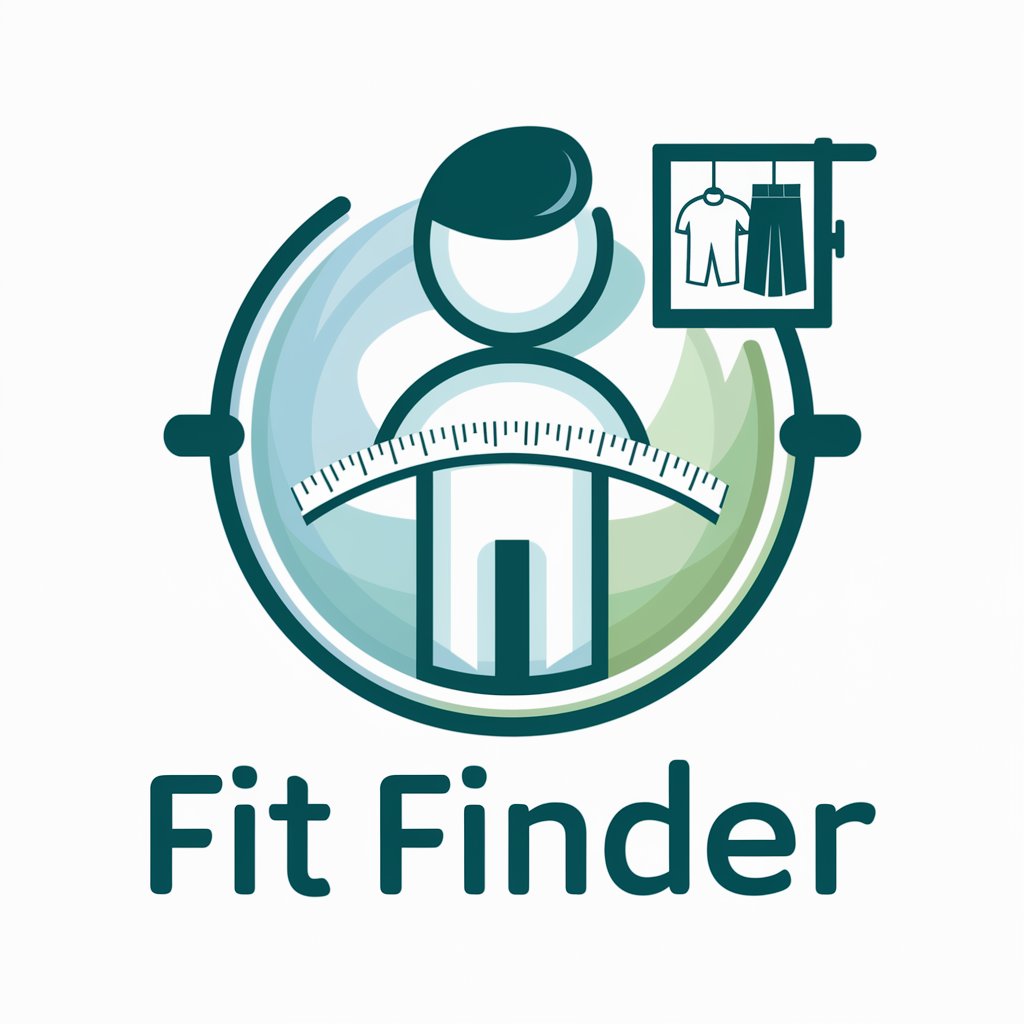6 GPTs for Size Conversion Powered by AI for Free of 2025
AI GPTs for Size Conversion are advanced tools powered by Generative Pre-trained Transformers, specifically designed to facilitate various tasks related to converting sizes. These tools leverage the cutting-edge capabilities of AI to understand and execute size conversion tasks, from simple unit conversions to complex calculations involving different measurement systems. They exemplify the role of GPTs in offering tailored solutions, adapting their vast knowledge base for precise and relevant outputs in the context of size conversion.
Top 6 GPTs for Size Conversion are: Size Wizard,亚马逊尺码表转换-Size Chart Translator,Size Advisor by size-charts.com,Clothing Size Assistant,Shoe Size and Fit,Fit Finder
Size Wizard
Transforming measurements into perfect fits.

亚马逊尺码表转换-Size Chart Translator
Translating sizes with AI precision

Size Advisor by size-charts.com
Tailor your fit with AI-powered advice

Clothing Size Assistant
AI-powered precision in clothing sizes.

Shoe Size and Fit
Find Your Perfect Fit with AI

Fit Finder
AI-powered Personalized Fit & Style Guide

Key Characteristics and Functionalities
AI GPTs for Size Conversion stand out due to their adaptability, capable of handling tasks ranging from straightforward unit changes to complex conversions across international measurement standards. These tools are distinguished by features such as natural language understanding, enabling them to interpret and respond to user queries in everyday language. Additionally, they offer technical support, web searching capabilities, image creation for visual aids, and sophisticated data analysis, making them versatile tools in the size conversion domain.
Who Benefits from Size Conversion AI Tools
The primary users of AI GPTs for Size Conversion include novices looking for quick answers, developers integrating conversion functionalities into applications, and professionals requiring accurate conversions in fields like engineering, construction, and fashion. These tools are accessible to individuals without programming skills, thanks to user-friendly interfaces, while also offering extensive customization options for users with a technical background.
Try Our other AI GPTs tools for Free
Budget Matching
Discover how AI GPTs revolutionize budget matching, offering predictive budgeting, financial insights, and personalized management solutions.
Pre-existing Conditions
Discover AI GPTs for Pre-existing Conditions: transformative AI tools designed to optimize healthcare outcomes through predictive analytics and tailored solutions.
Lawnmower Maintenance
Explore AI GPTs for Lawnmower Maintenance: Your go-to guide for AI-driven advice, troubleshooting, and maintenance tips to keep your lawnmower in top condition.
Snowblower Troubleshooting
Discover AI-powered snowblower troubleshooting with our advanced GPT tools. Effortlessly diagnose and resolve snowblower issues through intelligent, tailored advice.
Chainsaw Repair
Explore AI-powered Chainsaw Repair tools designed to streamline troubleshooting, enhance safety, and improve repair outcomes for all skill levels.
Preventive Upkeep
Explore AI GPTs for Preventive Upkeep, cutting-edge tools designed to anticipate and prevent system failures, ensuring smooth and efficient operations.
Expanding Horizons with AI GPTs
AI GPTs for Size Conversion are more than just conversion tools; they offer a glimpse into the future of interactive and adaptive software solutions. Their user-friendly interfaces and integration capabilities make them a valuable addition to any professional toolkit, opening up new possibilities for efficiency and accuracy in tasks requiring size conversions.
Frequently Asked Questions
What are AI GPTs for Size Conversion?
AI GPTs for Size Conversion are specialized AI tools designed to facilitate the conversion of various units of measurement, leveraging the power of Generative Pre-trained Transformers to understand and process conversion tasks.
How do AI GPTs understand complex conversion requests?
Through natural language processing capabilities, AI GPTs can interpret complex queries, understand the context, and provide accurate conversions by applying their extensive knowledge base and adaptive learning.
Can AI GPTs for Size Conversion handle conversions across different measurement systems?
Yes, these tools are adept at managing conversions across various measurement systems, including metric, imperial, and specialized industry standards, by understanding and applying the relevant conversion factors.
Are there any customization options for developers?
Yes, developers can access APIs and programming interfaces to integrate and customize the size conversion functionalities within their own applications or systems.
Do I need programming skills to use AI GPTs for Size Conversion?
No, many AI GPTs for Size Conversion are designed with user-friendly interfaces that do not require any programming knowledge, allowing easy access for all users.
What makes AI GPTs for Size Conversion different from traditional conversion tools?
Unlike traditional tools, AI GPTs for Size Conversion offer a more intuitive, flexible approach, understanding queries in natural language and providing tailored, context-aware conversions.
Can AI GPTs for Size Conversion be integrated with existing systems?
Yes, with their API and customization capabilities, these tools can be seamlessly integrated into existing workflows or systems, enhancing productivity and efficiency.
How does the natural language understanding feature benefit users?
This feature allows users to make conversion requests in everyday language, making the tools more accessible and easier to use without needing to know specific terminology or conversion formulas.